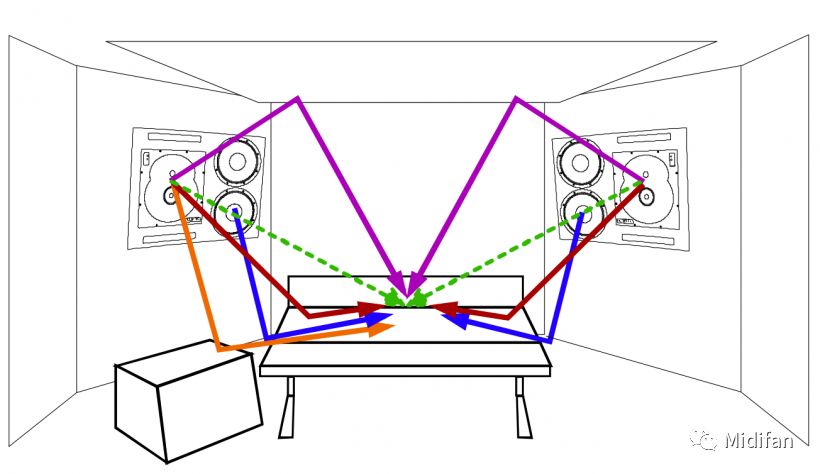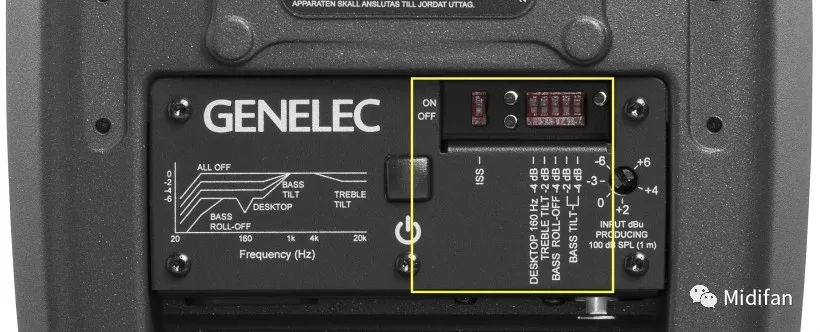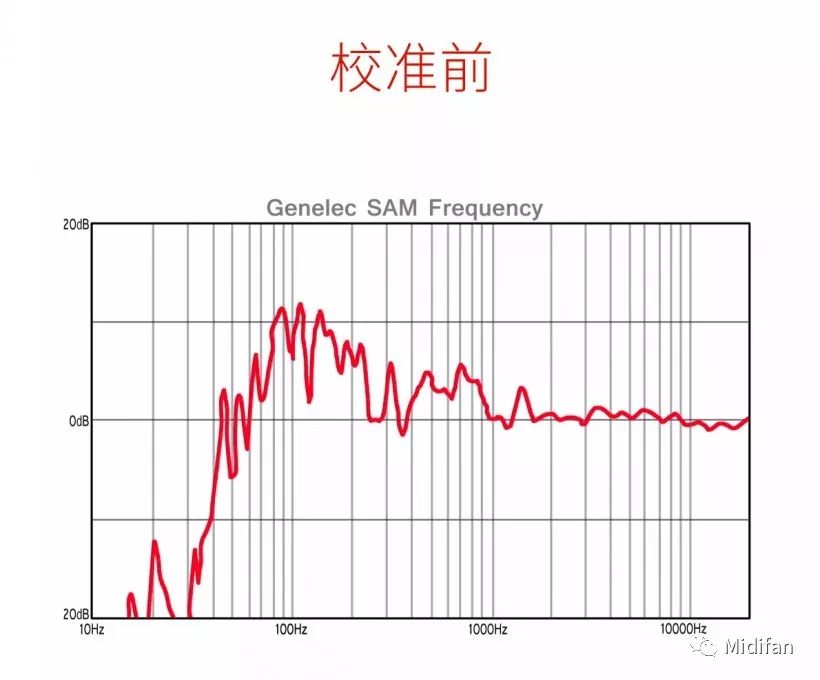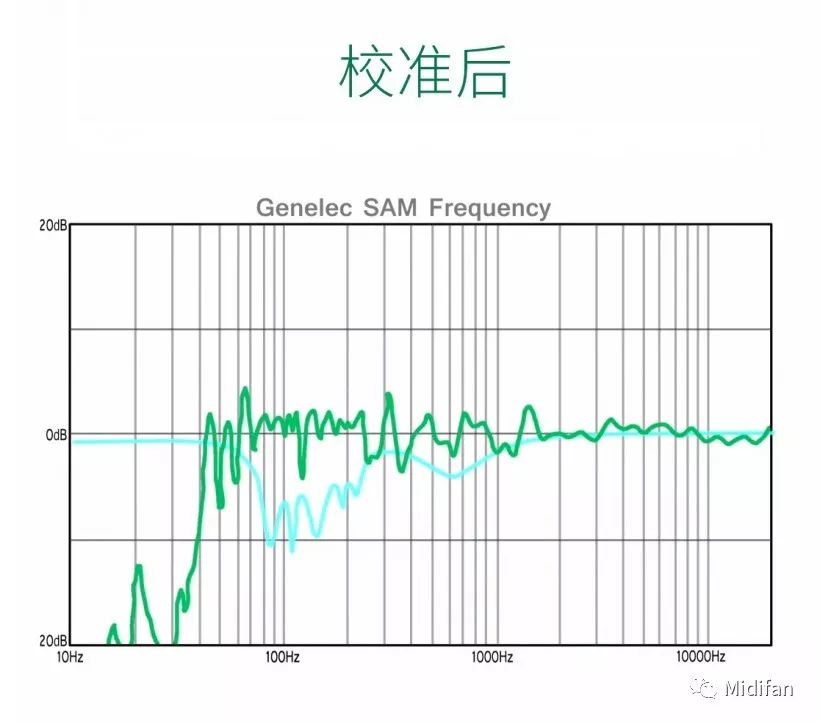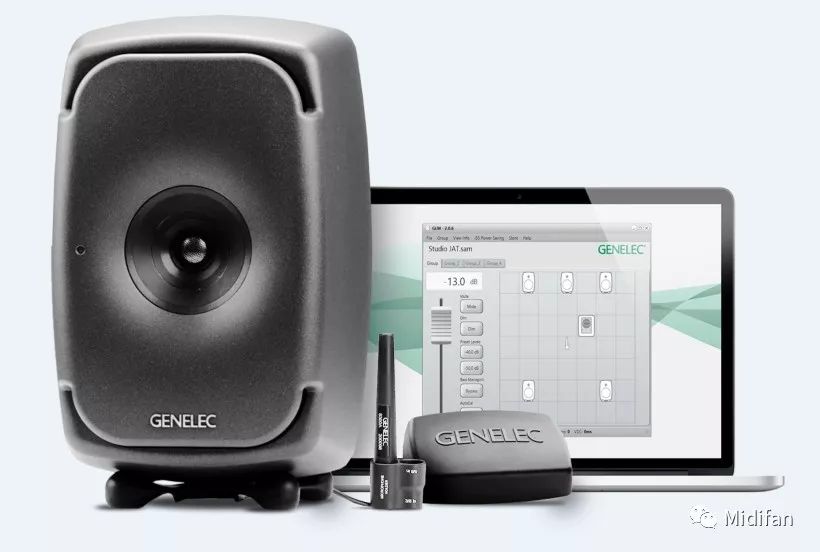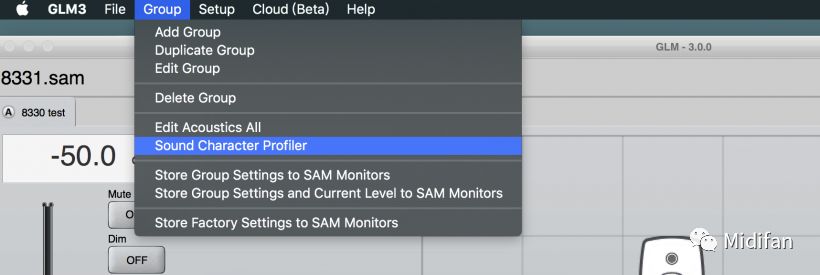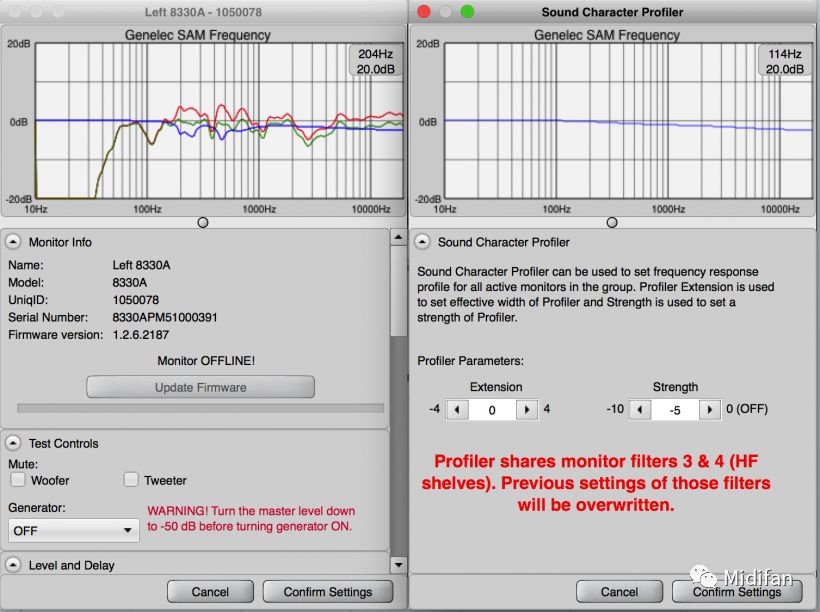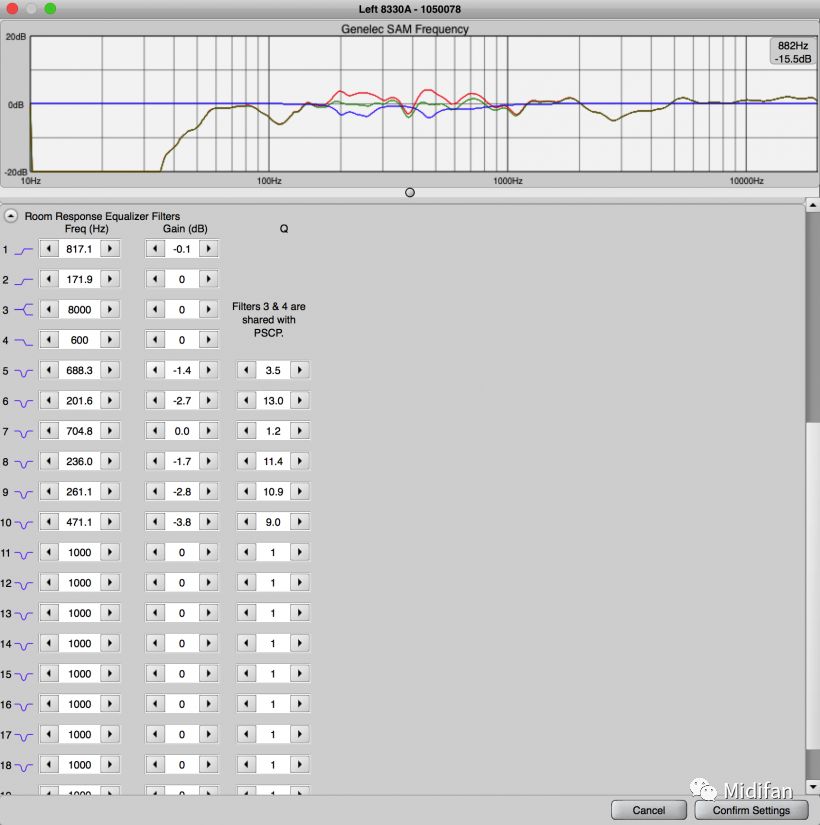Is it really wise to use the “factory settings†of the monitor speakers? Have you ever moved the DIP frequency response switch behind the speaker? What changes can the Genelec GLM Monitor Calibration Kit bring to you? Please listen to Thomas Lund, a senior technical engineer. Whether the light is placed in the middle of the room or against the wall, the color of the light is consistent. However, the speakers are completely different. Only by placing the speakers in a certain position in the room, can you start to make reasonable adjustments to their tone (frequency response balance). What the speaker is facing in the actual room Each Genelec speaker is tested and calibrated in an anechoic chamber prior to shipment to ensure a flat frequency response. However, when used in a real-world environment, you must consider the impact of the room and layout. That's why every Zenith speaker has a DIP switch for decades. Each of the Genelec speakers has a DIP switch (all are off) If all of the DIP switches in your Genelec speaker are off, it will have a flat on-axis frequency response in the anechoic chamber or in the very open outdoor; indoors – whether it is a normal room or a studio It usually does not have a flat frequency response. For the frequency response diagram only, please refer to the operation manual and the measured curve in the actual room for the frequency response curve of the specific model speaker. The latest Force Monitor speakers can accurately measure and automatically calibrate room frequency response with Genelec GLM software (compatible with Mac and Windows operating systems). The algorithm currently used is based on the base of the measured data of thousands of studio control rooms and studios around the world, and combines in-depth research on human ear sound perception to make monitoring within a reasonable range. The position has as much as possible a straight frequency response. For more details, please read our recently published Tonmeistertagung and AES papers on single-point and multi-point frequency response calibration. For more related papers, see the official website of Zenith. When Genelec GLM performs an automatic measurement calibration for the actual room, you may get a perfect flat frequency response, which may be slightly brighter for you than you used to. A flat frequency response is a necessary reference, but it may not be the best choice for all types of sound production, all usage scenarios, especially when working over 80 dB SPL for extended periods of time. Therefore, I personally moderately attenuate 3 dB above 10 kHz, but this is a matter of personal preference and may also be affected by room and listening distance. Click the Sound Character Profiler function in the Group menu to properly attenuate the high frequency. However, it is very convenient and simple to perform manual fine-tuning after GLM automatically completes the frequency response calibration. Easy manual fine-tuning after automatic calibration GLM can also perform level calibration according to the industry standards of broadcasting and film, delay compensation according to different monitoring distances, and overall delay of the monitoring system to achieve sound and picture synchronization, but I will write another article to tell you separately. . Stainless Steel Sanitary Pipe,Sanitary Pipe Material Stainless Steel Tube,Astm 409 Saintary Stainless Steel Pipe,Ss Seamless Saintary Pipe ShenZhen Haofa Metal Precision Parts Technology Co., Ltd. , https://www.haofametals.com
